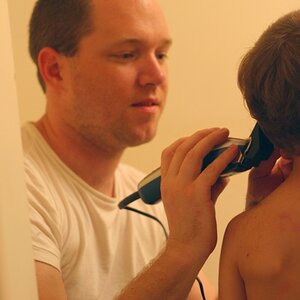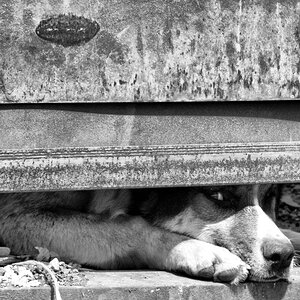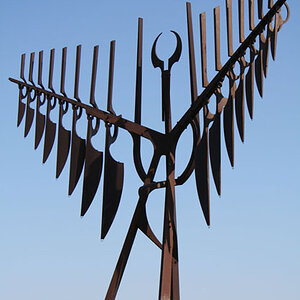- Joined
- May 1, 2008
- Messages
- 25,422
- Reaction score
- 5,003
- Location
- UK - England
- Website
- www.deviantart.com
- Can others edit my Photos
- Photos OK to edit
Yep I'm after more glass, but not lens glass.
Essentially I want to be able to use a pane of glass so that I can photograph the underside of insects without having to flip them over (which normally causes both distress and also a lot of moving around as they try to right themselves). However most times one shoots through glass (at close ranges) there is a strong chance of getting two imagse resulting - one from each side of the glass.
Is there either a method or a type of glass on the market, that would reduce or eliminate this problem?
Essentially I want to be able to use a pane of glass so that I can photograph the underside of insects without having to flip them over (which normally causes both distress and also a lot of moving around as they try to right themselves). However most times one shoots through glass (at close ranges) there is a strong chance of getting two imagse resulting - one from each side of the glass.
Is there either a method or a type of glass on the market, that would reduce or eliminate this problem?





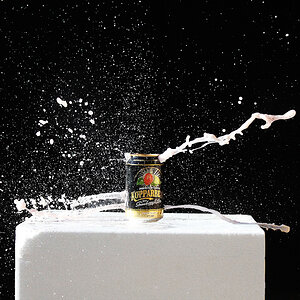
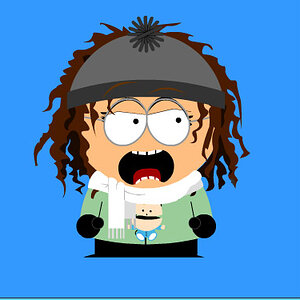
![[No title]](/data/xfmg/thumbnail/34/34120-9085bc65df236ba03977d33a60b852d3.jpg?1619736290)
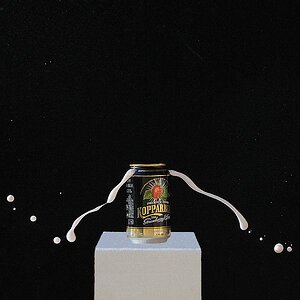

![[No title]](/data/xfmg/thumbnail/34/34119-711b53445c011079fb89b6f42682ed00.jpg?1619736289)
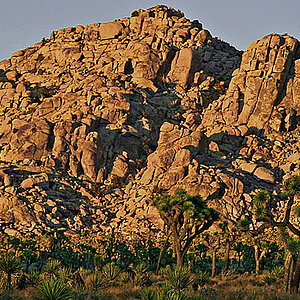
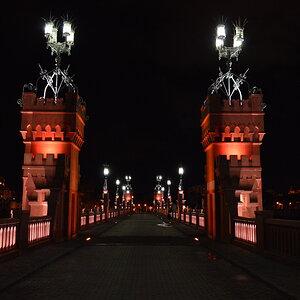
![[No title]](/data/xfmg/thumbnail/1/1592-cfae4a7ea791f96c6e2d03484be2e454.jpg?1619729144)
